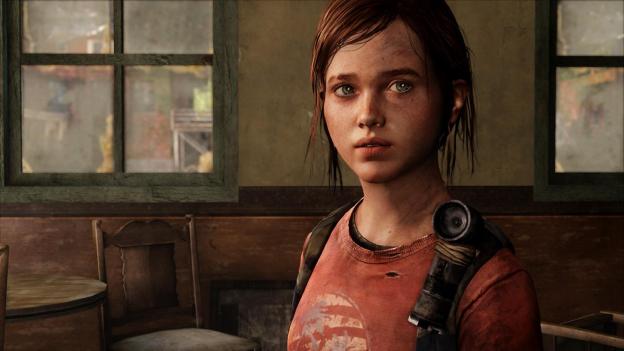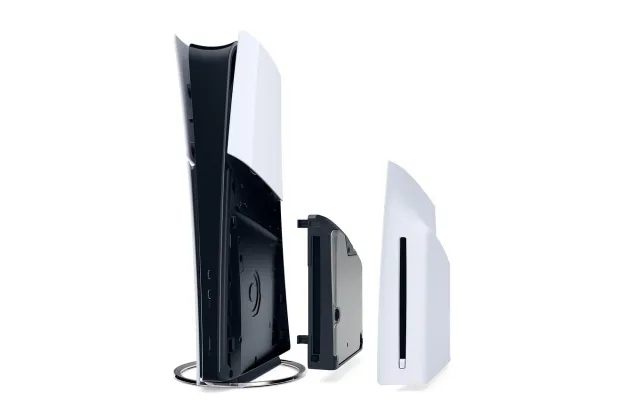 The digital download version of Naughty Dog’s upcoming The Last of Us will be playable once the download hits 50-percent completion, the studio told Game Informer. The digital version of The Last of Us will be released June 14, the same day as the boxed retail disc.
The digital download version of Naughty Dog’s upcoming The Last of Us will be playable once the download hits 50-percent completion, the studio told Game Informer. The digital version of The Last of Us will be released June 14, the same day as the boxed retail disc.
Sony’s upcoming PlayStation 4 console will be able to play games almost as soon as they beginning downloading, the company revealed when it announced the new system. But The Last of Us is for Sony’s existing PS3 console, which up to now has required digital games downloads, usually lengthy, to be completed before the games can be booted up. Often these downloads can’t even be performed in the background, but that changes with the PS4.
The Last of Us is a post-apocalypse game in which a man must escort a 14-year-old girl in a dangerous world filled with infected monsters and hostile survivors. Check out Digital Trends’ recent preview for more on Naughty Dog’s first non-Uncharted game since 2005’s Jak X: Combat Racing.
Editors' Recommendations
- The Last of Us Part 2 almost had a very different ending, according to Remastered commentary
- The Last of Us Part 2 Remastered: how to unlock everything in No Return mode
- The Last of Us Part 2 Remastered: No Return tips and tricks for beginners
- The Last of Us Part 2 Remastered turns the original game into a cruel punch line
- The Last of Us Online’s cancellation is the right move for Naughty Dog


